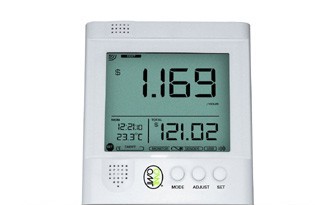Once upon a time there was a village. In the winter, it was
cold. The villagers heated their houses with wood. They also used wood to boil
water to wash their clothes, and their dirty dishes, pots and pans.
The wood came from a store in the middle of the village. It
was a small store, but the villagers paid several wood choppers to keep it full
all through the winter.
One winter it got very cold. The store nearly emptied, and
the villagers were worried. “What if we have another very cold winter and one
of the wood choppers falls ill?” they thought.
So they asked the village elders to do something about it.
The village elders thought long and hard, and came up with a
solution. “We will ask the neighbouring village to supply us with chainsaws
like the ones they have, so that the wood choppers can cut wood more quickly”
they told the villagers.
“Hooray!” said the villagers, “but how much will the
chainsaws cost, and how much smoke do they make?” “A lot” said the elders “but
there is no alternative”.
One of the villagers saw a way out the problem. He realised
that the reason they thought they needed the chainsaws was not as it seemed at
first sight.
The wood choppers could keep up with the daily demand for
wood; it was just the fact that all the villagers used wood at the same time in
the evening that was the problem. If they used wood in the night or the
morning, it would give the choppers time to fill the small store and not run
out.
So they all agreed to do their washing when the wood
choppers said there was plenty of wood, not all at the same time, and not when
they were using a lot of wood in their fires to keep warm.
The villagers lived long, warm, clean, prosperous and happy lives ever
after.

















.jpg/768px-Theresa_May_UK_Home_Office_(cropped).jpg)




















